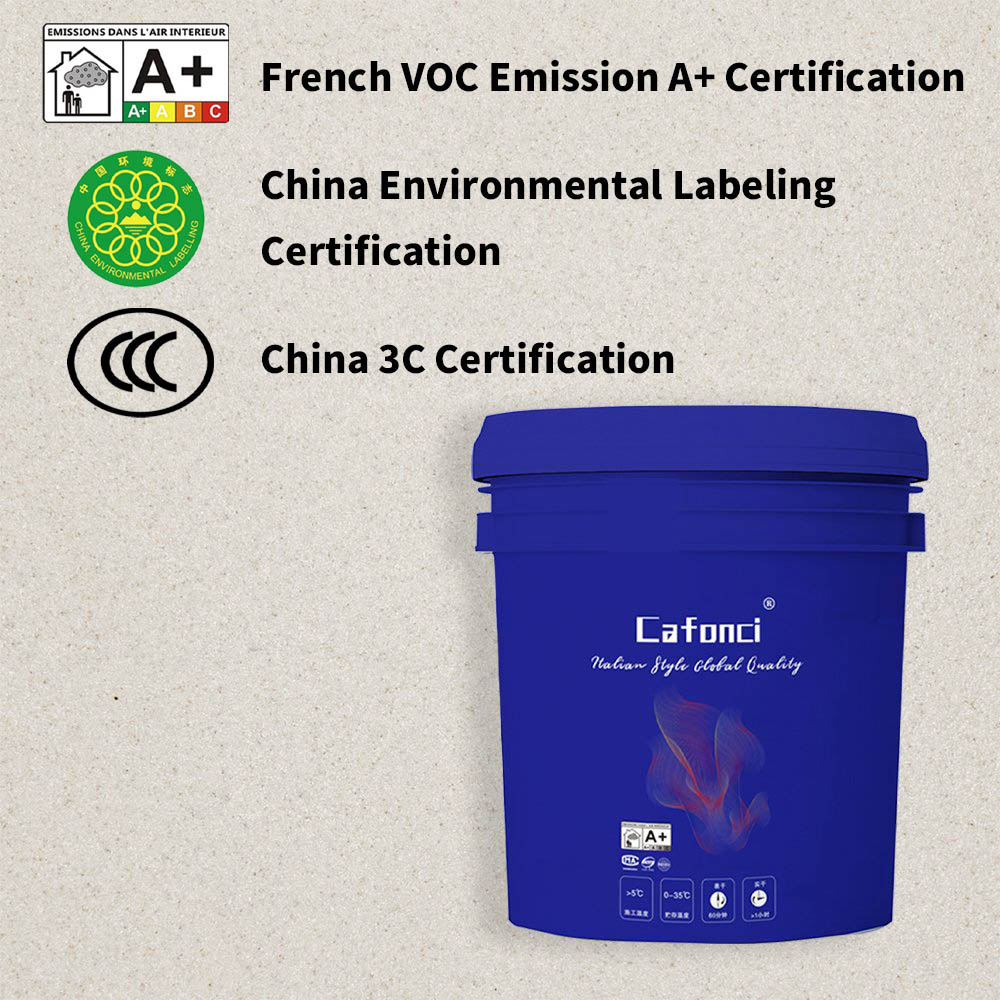Exterior wall paint is more than just a cosmetic choice for your home or building; it serves as the first line of defense against the elements while enhancing curb appeal. Whether you’re renovating an old property or finishing a new construction, selecting the right exterior paint and applying it correctly can significantly impact the structure’s durability, energy efficiency, and overall aesthetic. This guide explores everything you need to know about exterior wall paint, from types and selection criteria to application techniques and maintenance.
#The Importance of Quality Exterior Wall Paint

Your building’s exterior faces constant exposure to harsh weather conditions—rain, snow, UV rays, humidity, and temperature fluctuations. Over time, these elements can cause walls to crack, fade, or develop mold, leading to structural damage and costly repairs. High-quality exterior paint acts as a protective barrier, sealing the surface to prevent water infiltration, reducing moisture buildup, and shielding against UV degradation. Additionally, a fresh coat of paint can boost property value by up to 5%, making it a worthwhile investment for homeowners and commercial property owners alike.
#Types of Exterior Wall Paint: Choosing the Right Formula
Not all exterior paints are created equal. The type of paint you select depends on your wall material (wood, concrete, stucco, brick), local climate, and desired finish. Here are the most common options:
- Acrylic Latex Paint: The most popular choice for exterior walls, acrylic latex paint is water-based, quick-drying, and highly durable. It offers excellent adhesion to most surfaces, resists cracking and peeling, and is easy to clean with soap and water. Its flexibility makes it ideal for regions with temperature swings, as it expands and contracts with the wall. Acrylic latex also has low volatile organic compounds (VOCs), making it an eco-friendly option.
- Oil-Based Paint: Once a staple, oil-based paint is now less common due to its strong fumes and longer drying time. However, it still has merits: it provides superior adhesion to glossy or previously painted surfaces and creates a hard, durable finish that resists scratches. It’s best suited for metal surfaces or areas with heavy wear, though it requires mineral spirits for cleanup and may yellow over time when exposed to sunlight.
- Elastomeric Paint: Designed for walls with minor cracks or uneven surfaces, elastomeric paint is a thick, flexible coating that can stretch up to 300% of its original size. This elasticity allows it to bridge small gaps, preventing water from seeping through and reducing the need for frequent repairs. It’s particularly effective for stucco or concrete walls in rainy or humid climates.
- Masonry Paint: Formulated specifically for porous surfaces like brick, stone, or concrete, masonry paint is breathable, allowing moisture trapped in the wall to escape. This prevents blistering and mold growth. It often contains additives to resist efflorescence (white salt deposits) and is available in both matte and satin finishes.
#Key Factors to Consider When Selecting Exterior Paint
Choosing the right exterior paint involves evaluating several critical factors to ensure it meets your needs:
- Climate Compatibility: If you live in a rainy area, prioritize water-resistant and mold-inhibiting formulas. For hot, sunny regions, opt for UV-resistant paint to prevent fading. In cold climates, flexible paint (like acrylic latex) will withstand freeze-thaw cycles better than rigid alternatives.
- Surface Material: Match the paint to your wall type. Wood requires paint with mildew resistance and adhesion promoters, while masonry needs breathable formulas. Metal surfaces may benefit from rust-inhibiting primers under oil-based or acrylic paint.
- Color and Finish: Color choice affects both aesthetics and functionality. Dark colors absorb heat, which can cause walls to expand and crack in hot climates, while light colors reflect sunlight, keeping interiors cooler and reducing energy costs. Neutral tones (beige, gray, off-white) are timeless and appeal to a broad range of buyers, but bold hues can make a statement if used strategically. Finish options include flat (hides imperfections but less durable), satin (mild sheen, easy to clean), and gloss (highly durable but highlights flaws).
- Eco-Friendliness: Look for low-VOC (volatile organic compound) or zero-VOC paints to minimize harmful emissions. These options are safer for the environment and reduce indoor air pollution if the paint is applied near windows or vents. Many brands now offer plant-based or recycled-content paints, aligning with sustainable building practices.
#Step-by-Step Exterior Paint Application
Even the best paint will fail if applied incorrectly. Proper preparation and technique are crucial for a long-lasting finish:
1. Surface Preparation: Start by cleaning the wall thoroughly to remove dirt, dust, mildew, and loose paint. Use a pressure washer for large areas or a scrub brush with mild detergent for smaller sections. Allow the surface to dry completely—moisture trapped under paint will cause bubbling. Next, repair cracks, holes, or damaged areas with spackle or masonry filler, then sand the surface smooth to ensure even paint adhesion.
2. Priming: A primer creates a uniform base for paint, improving adhesion and reducing the number of coats needed. Use a primer specifically designed for your wall material (e.g., masonry primer for brick, wood primer for siding). Apply with a roller or brush, and let it dry according to the manufacturer’s instructions (typically 4–6 hours).
3. Painting: Choose the right tools: a roller for large, flat surfaces, a brush for edges and trim, and a sprayer for quick coverage on smooth walls. Apply paint in thin, even coats—thick coats can drip, crack, or dry unevenly. Follow the “wet edge” technique to avoid lap marks, painting from top to bottom and keeping a wet border between sections. Most exterior paints require two coats; allow the first coat to dry fully (6–8 hours) before applying the second.
4. Timing: Paint when temperatures are between 50°F and 85°F (10°C and 29°C) and avoid painting in direct sunlight, high humidity, or rain. Windy days can blow dust onto wet paint, while cold temperatures slow drying time.
#Maintenance for Long-Lasting Results
With proper care, exterior wall paint can last 5–10 years, depending on the climate and paint quality. Regular maintenance extends its lifespan:
- Cleaning: Wash walls annually with a garden hose and mild soap to remove dirt and mildew. Avoid harsh chemicals, which can strip paint.
- Inspections: Check for cracks, peeling, or fading every 6 months. Small cracks can be repaired with touch-up paint, while larger areas may require repainting.
- Trim and Caulk: Inspect caulking around windows, doors, and trim yearly. Replace cracked or missing caulk to prevent water from seeping behind the paint.
#Eco-Friendly Exterior Paint Options
As sustainability becomes a priority, manufacturers are developing innovative eco-friendly exterior paints. Low-VOC and zero-VOC formulas emit fewer harmful chemicals, improving air quality for both applicators and occupants. Some brands use renewable resources, such as soybean oil or plant-based resins, reducing reliance on fossil fuels. Additionally, reflective paints (cool paints) contain pigments that reflect solar radiation, lowering building temperatures and reducing energy use for cooling—an excellent choice for warm climates.
In conclusion, exterior wall paint is a critical component of building maintenance and design. By selecting the right type, preparing the surface properly, and maintaining it regularly, you can protect your property, enhance its appearance, and enjoy long-lasting results. Whether you prioritize durability, eco-friendliness, or aesthetics, there’s an exterior paint solution to meet your needs.



